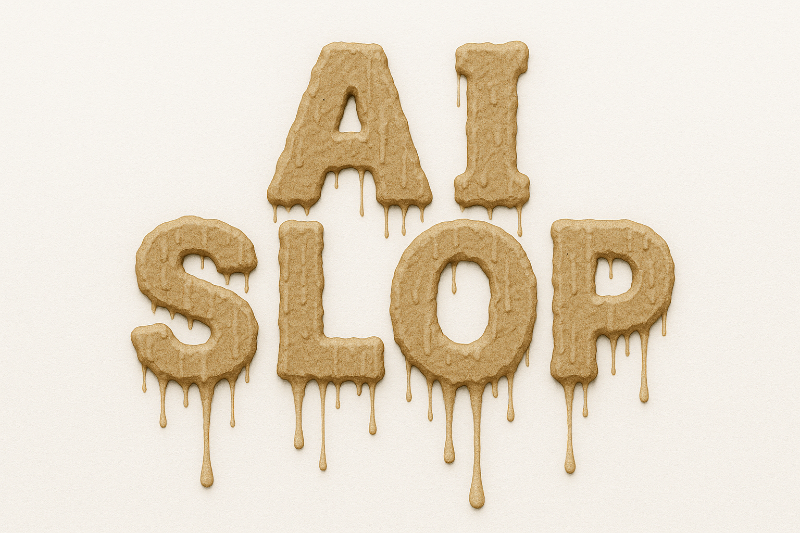When Creativity Becomes Frictionless: Casey Neistat’s SORA Warning

Casey Neistat has a habit of asking uncomfortable questions before the rest of us are ready to hear them. His latest thought experiment imagines OpenAI’s text-to-video model SORA as a TikTok-style app. The result? What he calls “AI Slop”—an endless stream of instant, algorithmic videos drowning out human creativity.
For anyone building something that matters, his warning deserves attention.
The Zero-Friction Problem
Filmmaking used to demand education, equipment, and effort. YouTube democratized distribution. TikTok removed the need for polish. But SORA is different—it eliminates performance entirely. No camera, no skill, no creative labor. Just a prompt, and the machine renders your vision.
The question: if anyone can create anything instantly, does creation still mean something?
The danger isn’t AI itself. It’s what happens when we stop asking whether something is worth making before we make it.
The Content Funnel Collapses
Neistat sketches a brutal evolution:
- Early cinema: Small funnel, limited output, concentrated quality
- YouTube/TikTok: Massive funnel, same narrow band of excellence buried under billions of uploads
- AI era: Infinite funnel. Genuine creative work drowns in the noise
When production becomes infinite but attention remains finite, success won’t come from generating more content. It’ll come from curation, judgment, and trust.
The Ethics of Instant Identity
Beyond aesthetics, there’s a darker edge. Neistat imagines a feature that scans faces and inserts them into videos—anyone depicted doing anything, consent irrelevant. Deepfakes become trivial. Young users generate aspirational body modifications before they understand the implications.
In a world of frictionless creation, consent itself becomes the missing friction.
What Friction Actually Protected
Here’s the uncomfortable truth: friction wasn’t just an obstacle. It was a filter for intention. Effort proved care. The tools that slowed us down also helped us mean something.
When it took hours to shoot and edit a video, you thought carefully about what you wanted to say. When publishing required gatekeepers, quality had a chance to surface.
The Coming Shift
The irony is sharp: in the age of AI, the most valuable creators may not be those who generate the most, but those who resist the urge to generate at all.
What defines success now?
Curation over creation. The ability to recognize quality and say “this matters” with confidence backed by taste.
Direct relationships over algorithmic reach. You can’t rely on being found—build communities you can speak to directly.
Intention over volume. When anyone can make anything, the question shifts from “can you create?” to “do you have something worth saying?”
The Real Question
Neistat’s thought experiment isn’t really about technology. It’s about us. When the tools become infinitely powerful, our humanity becomes the only thing left to guide them.
So here’s what matters: in a world where anyone can create anything instantly, what will you choose to make—and why?
Inspired by: Casey Neistat’s “The SORA Clone” video discussion on AI-generated content (2025)
Further reading: OpenAI’s SORA research release and emerging academic work on synthetic media ethics https://openai.com/index/sora-2/

